

William Stopford
Every SUV, ute and van discontinued in Australia in 2025
4 Hours Ago
Safety authority ANCAP is encouraging Australians to switch to electric or electrified vehicles, but only if they meet the highest levels of safety.

News Editor
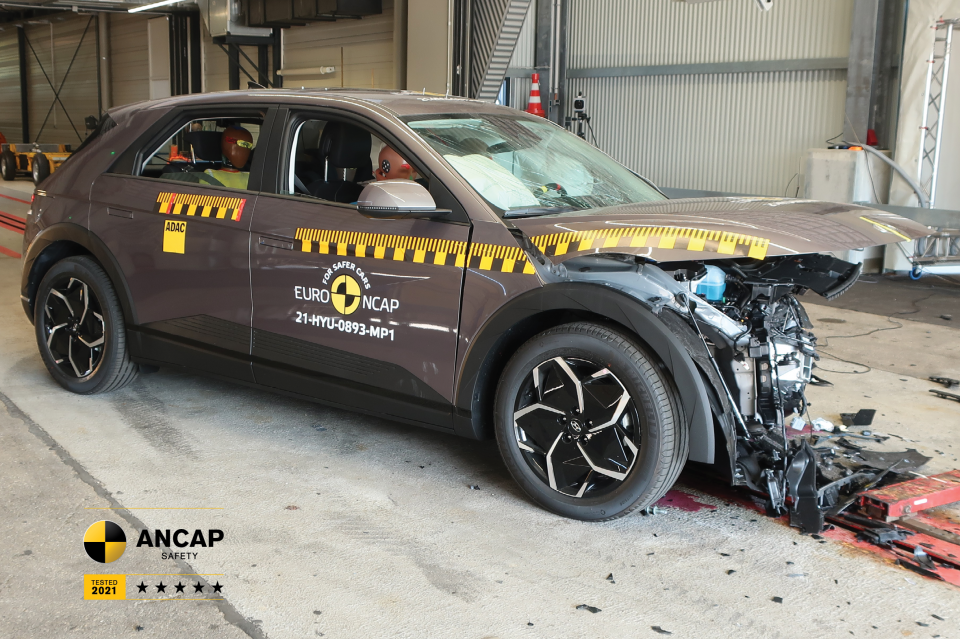

News Editor
There’s been a lot of focus lately on Australia’s transition to electrified and electric vehicles, but ANCAP doesn’t want Australians – or its governments – to forget vehicle safety during the process.
The independent safety authority has cautioned both the Federal, and state and territory, governments against applying any kinds of incentives to vehicles that don’t meet the highest levels of safety, even if they are electric.
“It is critical that initiatives to promote uptake of alternative-powered vehicles do not undermine the safety of Australia’s vehicle fleet, and we’re calling on all levels of government to ensure subsidies and incentives are only provided to models that offer the highest levels of safety,” said ANCAP chief executive officer Carla Hoorweg.
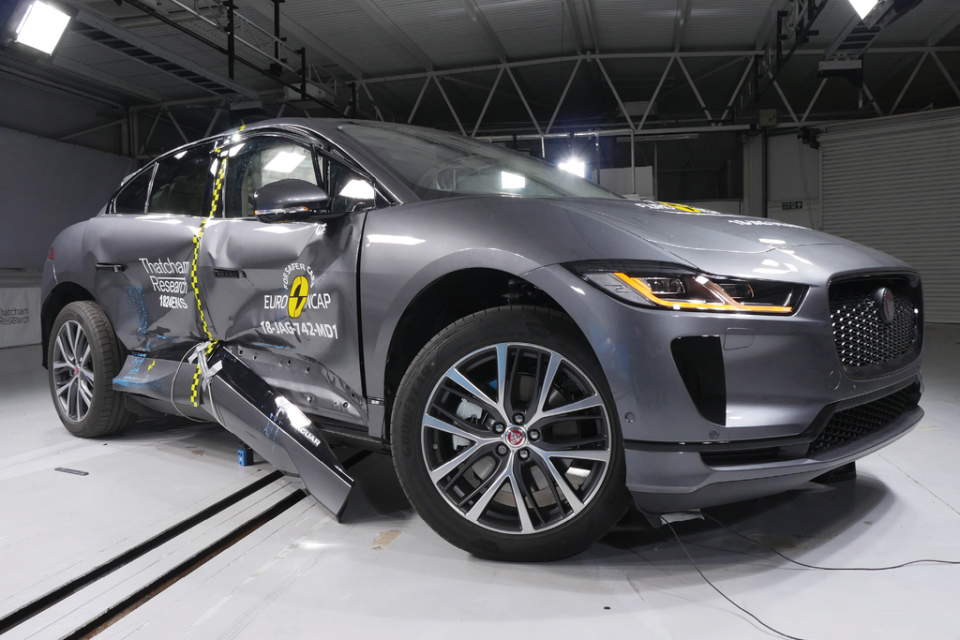
ANCAP says it’s prioritising the testing of electric, plug-in hybrid, hybrid and hydrogen-powered vehicles.
It says it’s doing this “to help accelerate this demand and build confidence among consumers that they don’t need to sacrifice safety when it comes to choosing an alternative-powered vehicle”.
“It is clear more needs to be done to encourage the supply of alternative-powered vehicles to help reduce emissions and create a cleaner and sustainable Australia,” said Ms Hoorweg.
“With this, we want to remind consumers, fleet buyers, governments and the industry that the maintenance of high levels of safety must also remain a key factor.

“We know safety and environmental performance are top-of-mind considerations for the majority of new car buyers today, and pleasingly ANCAP has seen high levels of safety performance continue to flow through our ratings when evaluating the mix of electric, plug-in hybrid, hybrid and hydrogen-powered vehicle models.”
The safety authority claims its encouragement of new safety technologies has resulted in economic benefits in excess of $440 million between 2019 and 2021, citing fewer crashes that cause fatalities or serious injuries.
It has released a quick reference guide listing the star ratings it has awarded for all hybrid, plug-in hybrid, hydrogen fuel-cell and battery-electric vehicles – 41 vehicles in total.
ANCAP says it subjects these vehicles to the same testing procedures as combustion-powered vehicles, though it also undertakes further checks following crash tests.
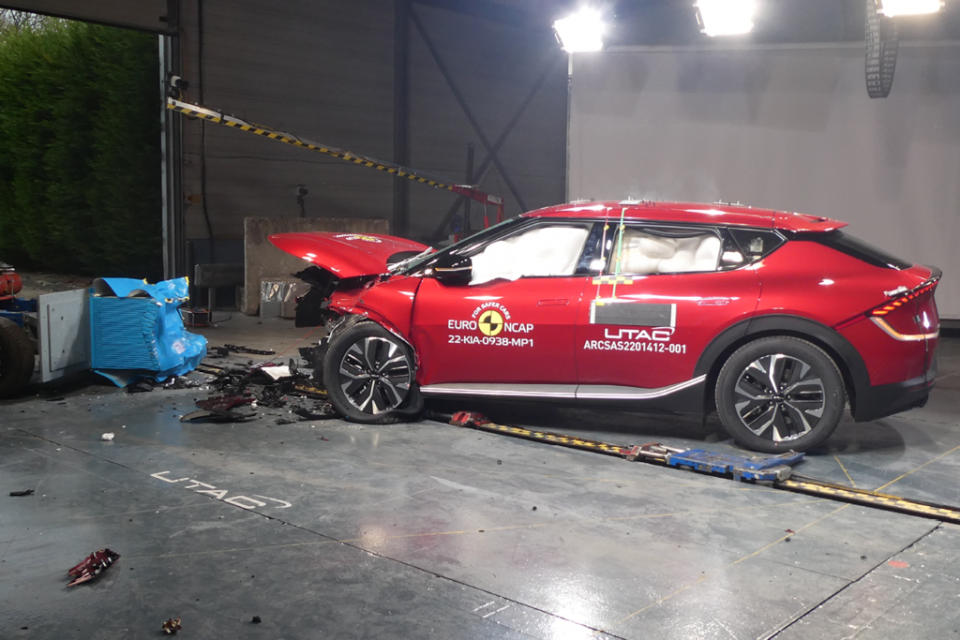
This includes monitoring the output of the high-voltage battery following a crash and checking for any signs of damage, as well as checking for any high voltage – for example, damaged or exposed wires.
The safety authority also asks manufacturers to supply Rescue Cards, which are designed to assist first responders in identifying any hazards like high-voltage batteries.
The Australian Government today got the ball rolling on its National Electric Vehicle Strategy, with a discussion paper soon to start taking submissions from the car industry and other stakeholders.
The core policy to be addressed is the belated introduction of fuel efficiency standards and the application of a binding tailpipe CO2 reduction scheme, which the car industry and other stakeholders have long said is essential to unlock greater EV supply.
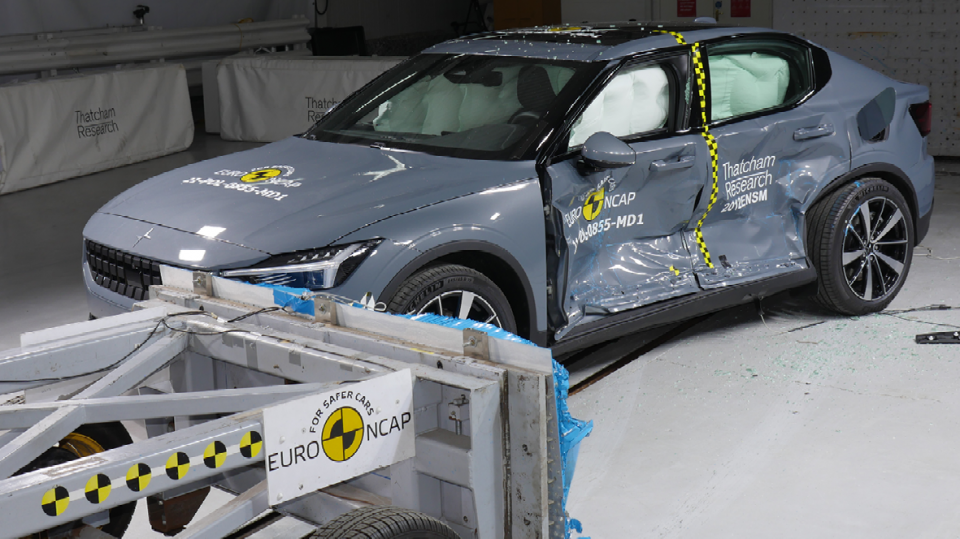
“The lack of such standards in Australia is cited as one of the factors impacting the supply and cost of EVs,” said Climate Change and Energy Minister Chris Bowen.
“Why? Because while Australia doesn’t show leadership, manufacturers prioritise markets which do.”
Volkswagen Group Australia boss Paul Sansom, told us that this sort of plan, actioned elsewhere, “changes the game completely, it really does, and it will almost change the game overnight [here] if we can get those”.
So far, EV rebates and tax relief have largely been delivered by the various state governments instead, though the Australian Government recently introduced an EV incentives bill to Parliament that focuses on tax breaks.
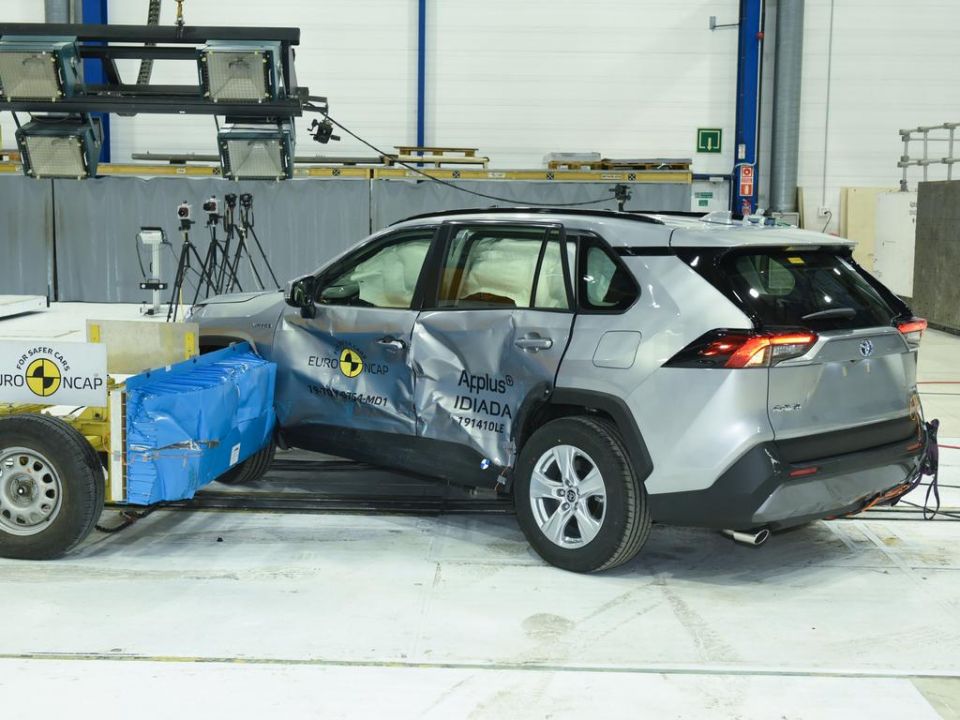
The legislation (called a Treasury Laws Amendment) exempts low-emissions cars like electric vehicles and plug-in hybrids from fringe benefits tax (FBT), potentially saving employers and private vehicle operators thousands.
None of the state or federal legislation incentivising EV take-up has made specific mention of vehicles meeting specific safety standards like achieving a five-star ANCAP rating.
All 41 electric, electrified or hydrogen vehicles tested by ANCAP have received a five-star rating.
MORE: What electric car buyer incentives are offered across Australia?
William Stopford is an automotive journalist with a passion for mainstream cars, automotive history and overseas auto markets.


William Stopford
4 Hours Ago


Ben Zachariah
5 Hours Ago


Derek Fung
6 Hours Ago


Matt Campbell
12 Hours Ago


William Stopford
1 Day Ago


Josh Nevett
1 Day Ago